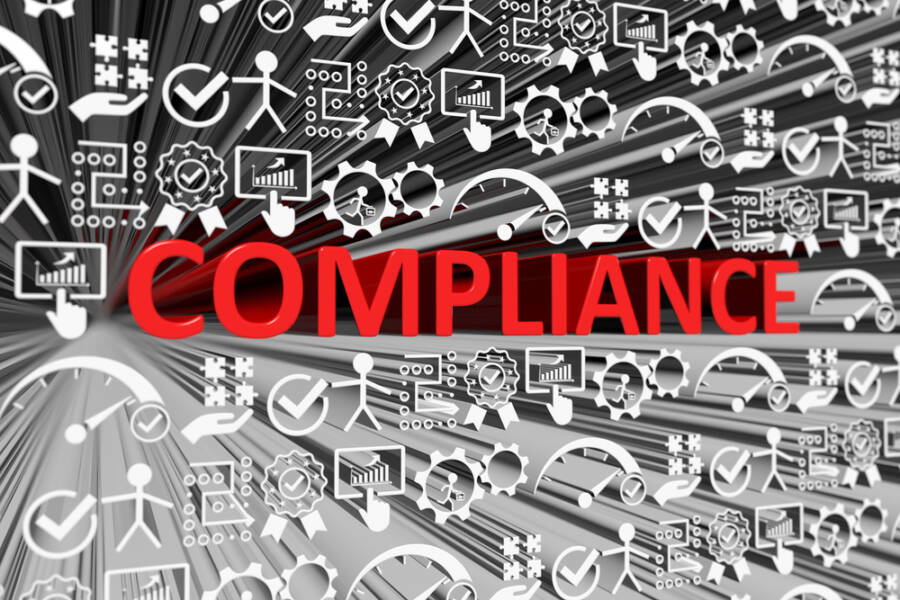You know compliance matters. Even if you do not agree with the government’s regulation of your industry, you know that ignoring compliance is a good way to subject your organization to steep fines and potentially worse sanctions, and it might also risk the safety and security of your employees, your customers and your data, to boot.
Yet, even though you recognize the importance of compliance, you might not be able to achieve it as successfully as you might hope — and you aren’t alone. Compliance programs are notoriously failure-prone, even in the most heavily regulated industries like transportation and finance. If you have been struggling to get your compliance program up and running, here are a few reasons you might continue to see faults and failures.
You Don’t Fundamentally Appreciate Compliance
Every business undergoes pain in complying with industry regulations. Almost without exception, regulations cost organizations time and money, both of which are at a premium in highly competitive sectors where regulation tends to be rife. As a result, many business leaders chafe under regulations and strive to maintain as minimal compliance as possible — while fighting any new regulations that might be looming.
However, this view of regulatory compliance could be the primary reason your compliance programs remain weak and ineffective. As a business leader, you model the attitude and behavior you expect from your staff, who will copy your outlook and demeanor during the workday. If outwardly you curse industry regulations and lambast your own compliance programs — even if you truly feel that regulations are positive for industry and society — your workers are less likely to respect your efforts for compliance. Without support from every level (more on that later) your programs will always fail.
You need to rethink how you feel — or at least how you portray your feelings to your team. Regulations can be a force for good, keeping your employees and customers safe from bad actors in your industry and thereby improving the reputation of all companies in your industry, including your own. What’s more, by going above and beyond in your compliance with regulations, you can enhance consumer trust and respect for your brand and enjoy even greater value from regulatory compliance.
You Don’t Have Buy-in From Every Level of Your Organization
Your role as business leader provides you with the authority to make important decisions for the rest of the organization. Thus, you decided to manage regulatory compliance in a certain way, and you expected your staff to fall in line — but that never happened. Now, you struggle to achieve compliance and face resistance from every level of your organization.
Programs that require participation from every employee must have buy-in from every employee before they are launched. As you are developing your compliance program, you should meet with members of different departments affected by the program and request feedback on your plans. Then, you should use any feedback to ensure that your compliance program respects the disparate needs of your staff. Finally, you should take the time to communicate the details of your compliance programs to those impacted by it, so everyone understands the significance of any new policies or procedures. By adding these steps into your program development, you can achieve more widespread buy-in that paves the way for success.
Your Industry Regulations Are Constantly Changing
Many regulatory environments are constantly shifting, thanks to changing social expectations or evolving technologies. Every time regulatory bodies add or alter a regulation, you will need to revisit your compliance program to be certain that your current policies and procedures are keeping up. Unfortunately, as a busy business leader, you probably do not prioritize updating your compliance program with every new shift in regulations — and you should not have to.
If you operate in a highly regulated industry, you should have a team of dedicated risk and compliance professionals to understand existing regulations, develop and update programs and respond to regulatory shifts. At the very least, you should invest in regulatory change management tools that will make it easier for you to track your compliance amidst a developing regulatory environment.
Regulatory compliance tends to be the last thing most business leaders want to spend limited resources on. The best way to keep the cost of compliance low is to build your compliance program right the first time — which means developing the right attitude, receiving support from the organization and utilizing the right tools and knowledge for your industry.

Ingrid Maldine is a business writer, editor and management consultant with extensive experience writing and consulting for both start-ups and long established companies. She has ten years management and leadership experience gained at BSkyB in London and Viva Travel Guides in Quito, Ecuador, giving her a depth of insight into innovation in international business. With an MBA from the University of Hull and many years of experience running her own business consultancy, Ingrid’s background allows her to connect with a diverse range of clients, including cutting edge technology and web-based start-ups but also multinationals in need of assistance. Ingrid has played a defining role in shaping organizational strategy for a wide range of different organizations, including for-profit, NGOs and charities. Ingrid has also served on the Board of Directors for the South American Explorers Club in Quito, Ecuador.











































